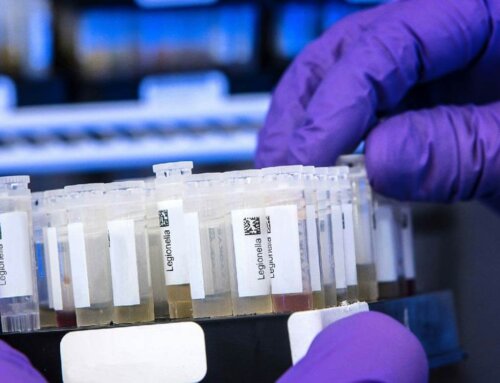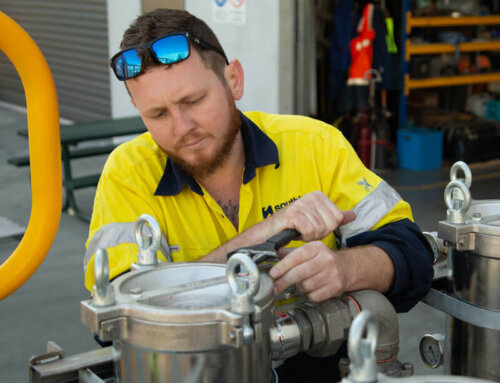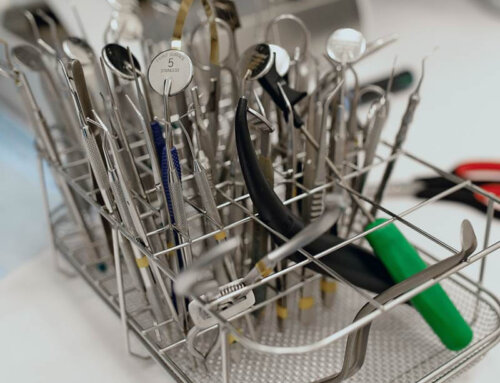Date: 17/10/2022
Read Time: 11 minutes
Author: Dr Surani McCaw, B.E. (Chemical), Ph. D.& Dr Annette Davison, Higher National Diploma, BSc(Hons), MEnvLGovLaw, PhD, GAICD, PMAWA)

Key points:
- Microbial health is crucial for safety, compliance, and effectiveness in products, services, and environments like cooling towers and patient care.
- Effective risk management requires understanding and applying the right methods (disinfection, sterilisation, inactivation) to prevent serious consequences.
- Managers must address microbial risks through pathogen identification, hygiene practices, and proper sanitisation to meet safety obligations.
Maintaining the microbial health of water is paramount for the fit for purpose supply of all sorts of products and services including cooling tower management, sterile products and safe work environments. Disinfection, sterilisation, and inactivation are all important components in your microbial risk management toolbox. But do you know the difference, and which is the right approach for your situation? Not picking the right risk controls or knowing how to apply them – could cost you a life.
Many legal and formal requirements place strict conditions on fitness for purpose. These conditions include product quality, maintaining safe environments at work, provision of services, facility management or patient safety. Maintaining the microbial health of products and services is an important component of fitness for purpose. Designing for and maintaining microbial health, applies to many areas such as cooling tower management, sterile supply management and other products and services critical for the care of patients.
Here we take a look at some of the issues we have observed in managing microbial system health risks. We
- Explain why microbes are a problem
- Show examples of pathogens in different sectors
- Detail how microbes create hygiene and sanitation risks
- Outline sanitisation terms, methods and outcomes
- Advise on how to manage your risks
If you are a manager of any of these products and services, here’s what you need to know to meet microbial system health obligations.
Enter your details to download the white paper:




